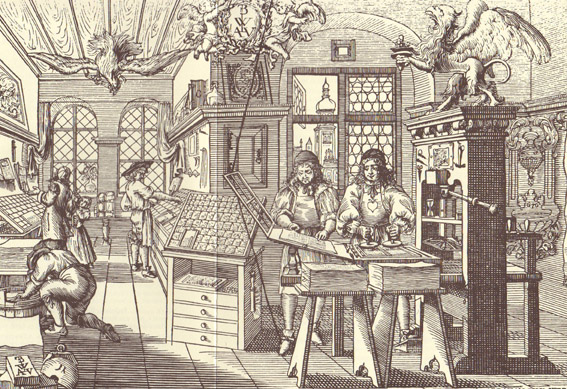With the advent and innovations of print technology, there is a lot of talk about whether printed books are well on the road to dead. Author Alix Christie has an interesting view in the San Francisco Chronicle – check it out.
She tells how, 560 years ago, a “small and driven team — one inventor, one scribe, one venture capitalist” unveiled a radical new technology called printing with a “monumental Bible at the Frankfurt Fair.” One of those people was Johannes Gutenberg, whose invention of mechanical movable type printing has been described as the beginning of the printing revolution, and “widely regarded as the most important event of the modern period.”
But Christie says “print didn’t eat the world in one bite.” Scribal and print technology co-existed for a long while. It was not until 50 years later when the pocket book came on the scene did things really begin to shift. And it took a total of about 100 years for handwritten manuscripts to totally die out.
Because “manuscripts were not anchored nearly as deeply in the broader society as print books would become over the next 500 years,” she contends print culture is unlikely to die out anytime soon. And just like how print isn’t dead, and won’t be for awhile, digital is not the new evil. Christie thinks we “have room and time for both” – that print and digital subcultures can “exist side by side, with sufficient mutual respect.”
A long lover of the printed book, over time my use of printed and digital has come to exist side by side. As a user, pros of digital include: convenient and space saving. But there are cons, to be sure. Just a couple: the swoosh of the finger to turn the page is just not the feeling of a slow, engaged turn of a printed page; the object itself – the feel of a tablet ‘machine’ is just not the intimate, even comforting feel of a printed hard or even soft cover.
What are the pros and cons of print and digital for you? Do they co-exist in your reading life? How and why?

